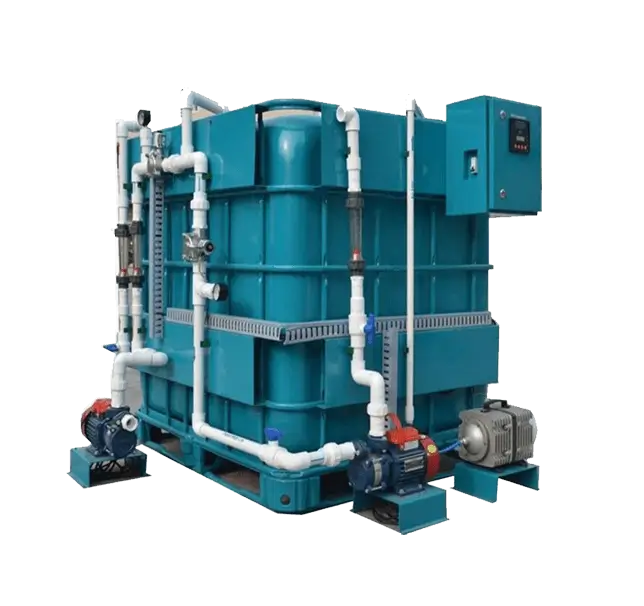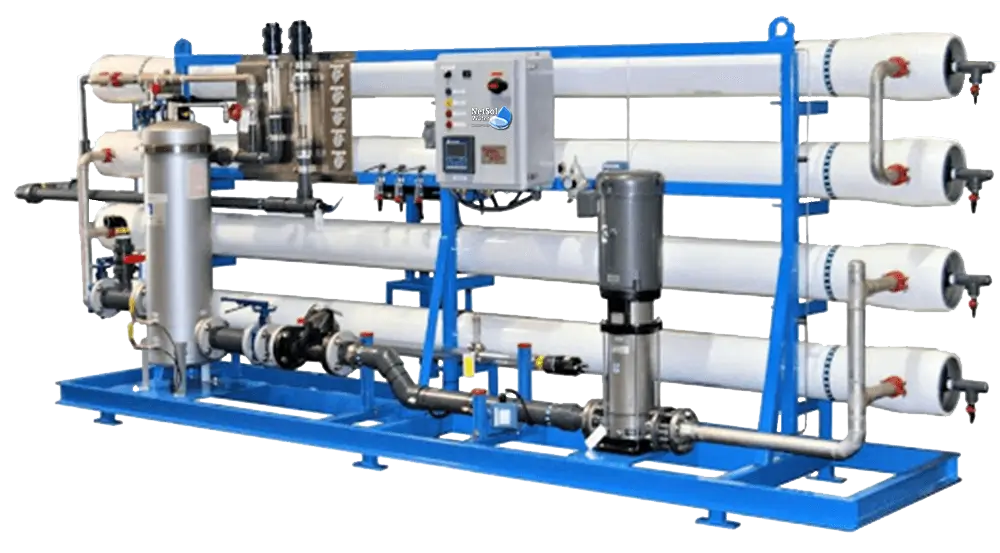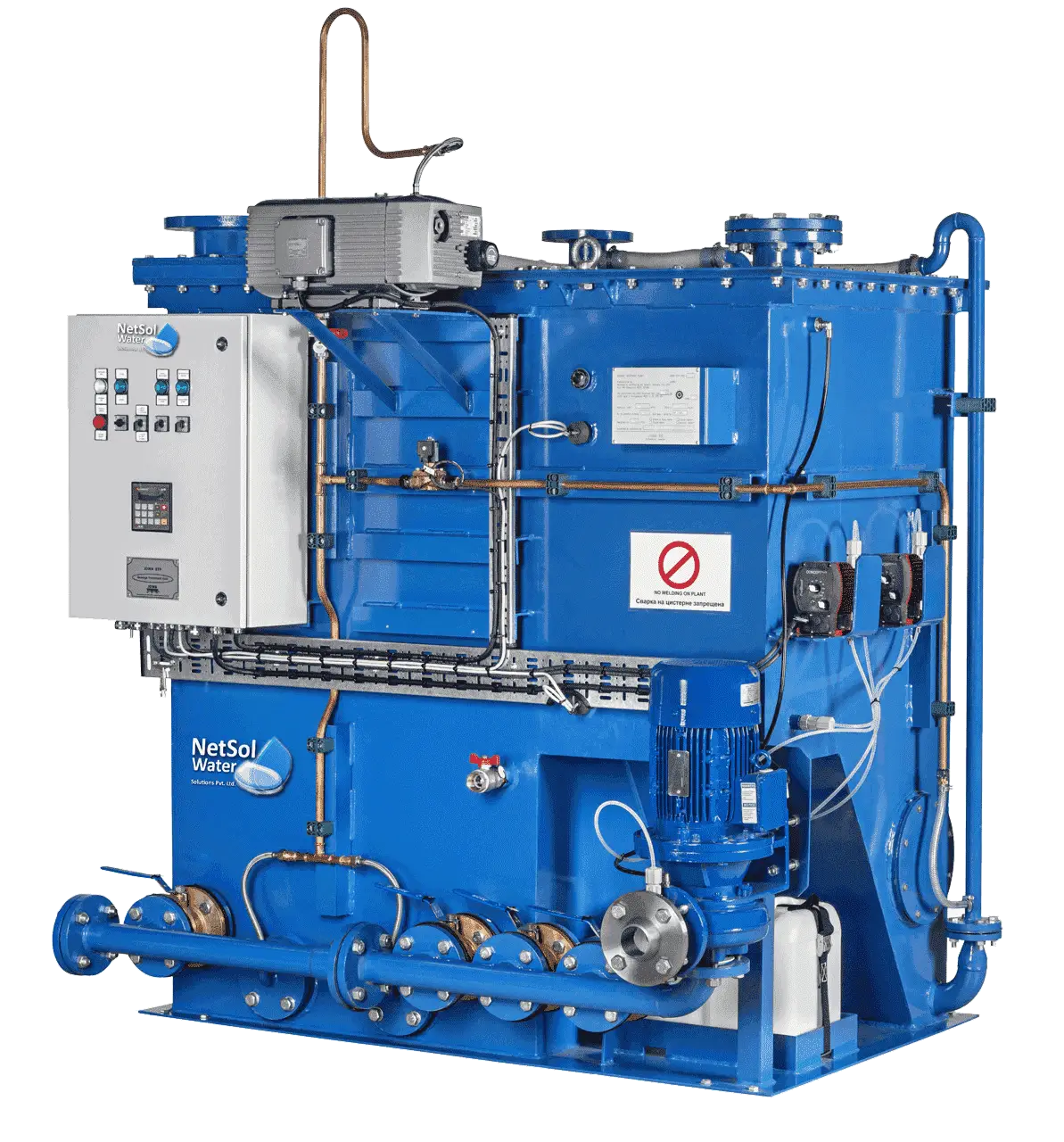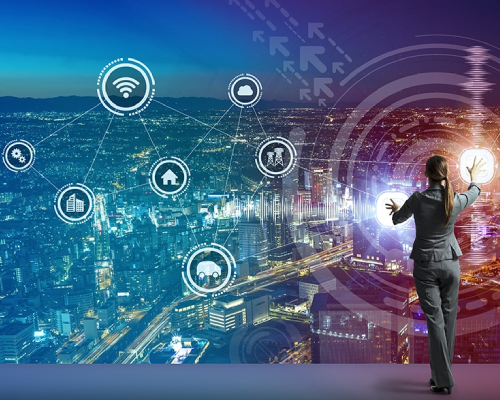- For Enquiry- 0120-2350053 || +91 9650608473 || +91 9650795306
- enquiry@netsolwater.com




Cities are the engines as well as the backbones of growth for the economy of every nation across the world. A large chunk of the world’s current population lives in urban areas and contributes a major share of the World’s GDP. With increasing urbanization, urban areas are expected to house larger % of the world’s population as well as contribute to a larger chunk of the world’s GDP in the next 10 years.
Such a massive and accelerated process of urbanization requires comprehensive development, sophisticated automation and integrated centralized control of physical, institutional, social as well as economic infrastructures. All these are of paramount importance in improving the quality of life as well as attracting people, entrepreneurs, industries, startups, and investors to the City, setting in motion a virtuous cycle cum path of growth as well as development. Development of Smart Cities is the main step that a nation can take in that direction.
The focus of a Smart City will be on sustainable as well as inclusive development programs. The core idea is to look at compact areas, create a repeatable as well as a replicable model. This model should then be used to convert other cities into smart cities too. The systems developed herein should be capable of replication both within as well as outside of the Smart City.
Adequate Water Supply through recycling of water by the deployment of Water Treatment plants.
1. Assured Electricity Supply through Renewable Energy sources such as Solar, Wind and Hydel Power Plants
2. Sanitation, including Solid Waste Management through the deployment of Sewage Treatment Plants
3. Efficient Urban Mobility and Public Transport in the form High-Speed Rails and Metro connectivity including last-mile para-transport connectivity
4. Well maintained intra-city and inter-city roads with centralized Traffic Monitoring and Control
5. Affordable housing for the economically underprivileged residents. Expand housing opportunities for all classes of citizens by subsidized Home Financing. Removal of slum areas. This will boost the local economy, promote community interactions and ensure citizen security.
6. Robust IT connectivity for the private and public.
7. Digital transformation of all Government, Civic, Public interfaces. Good governance in terms of e-Governance and e-citizen participation. Making governance citizen-friendly as well as cost-effective for the citizens. Rely on online services to bring about accountability as well as transparency. Usage of using mobiles to reduce the cost of services and providing remote services without the need to go to municipal offices; form e-groups to listen to people and record feedback. Use online monitoring of programs as well as activities through cyber (video) tour of worksites.
8. Sustainable environment in terms of reduced pollution, protection of animals, birds and other organisms of the ecosystem. Preserving and developing open spaces such as parks, playgrounds, as well as recreational spaces. This will enhance the quality of life of citizens, reduce the urban heat effects promote eco-balance.
9. Go green initiatives for the Industries in terms of Effluent Treatment Plants and Commercial RO Plants.
10.Special Economic Zones for Commercial Establishments and Industries. Promoting mixed land use planning for ‘unplanned areas’ consisting of a range of complimentary activities and land uses in proximity to one another so as to make land use more efficient. The Government to enable some flexibility in land-use and building-bye-laws
11. Special Parks/Clusters to be created for giving an identity to the city. This can be based on the main economic activity: local cuisine, arts, and handicrafts, sporting goods, fashion garments, health centers, textile units, education, culture, etc.
12. Special Road Corridors for high-speed transportation of Commercial and Industrial goods. The road network to be created for pedestrians and cyclists apart from vehicles and public transport. The necessary administrative services to be offered within walking/cycling distance
13. Safety and security of different classes of residents through elaborate lighting, surveillance cameras
14. Advanced Healthcare system for catering to the betterment of the health of the citizens
15. World-class Education system with interactive remote as well as onsite classrooms.
16. Disaster Management Systems to mitigate and minimize the damage, losses, etc incurred due to disasters such as natural calamities, etc.
17. Centralized Tracking, Monitoring, and Control of all the above systems.
Smart Solutions should be applied with a view to covering larger parts of the city. The strategic components of area-based development for the Smart Cities Program are as follows :
1. City Renewal - Redevelopment: This will effect a replacement of the existing built-up environment and enable the co-creation of a new layout with enhanced infrastructure using mixed land use and increased density.
2. City Extension - Greenfield development: This will introduce most of the Smart Solutions in a previously vacant area using innovative planning, plan to finance and plan implementation tools (e.g. land pooling/ land reconstitution). Greenfield developments are required around cities in order to address the needs of the expanding population.
The core purpose of the Smart Cities Program is to drive economic growth as well as to improve the quality of life of people. This is done by enabling local area development as well as harnessing technology. By technology, we are referring to technology that leads to Smart outcomes. Area-based development is done to transform the existing areas (retrofitted and redeveloped), into better-planned ones.
This will hence improve the livability of the whole City. New greenfield areas will be nurtured as well as developed around the cities to accommodate the expanding population in the urban areas.
Application of Smart Solutions will enable cities to use technology, information as well as data to improve infrastructure cum services. Comprehensive development in this way will improve quality of life, create employment as well as enhance the incomes for all, resulting in inclusive Cities.
There has to be a Nodal Agency at the State Level to take up the development of smart cities as planned in any Smart City Program.

